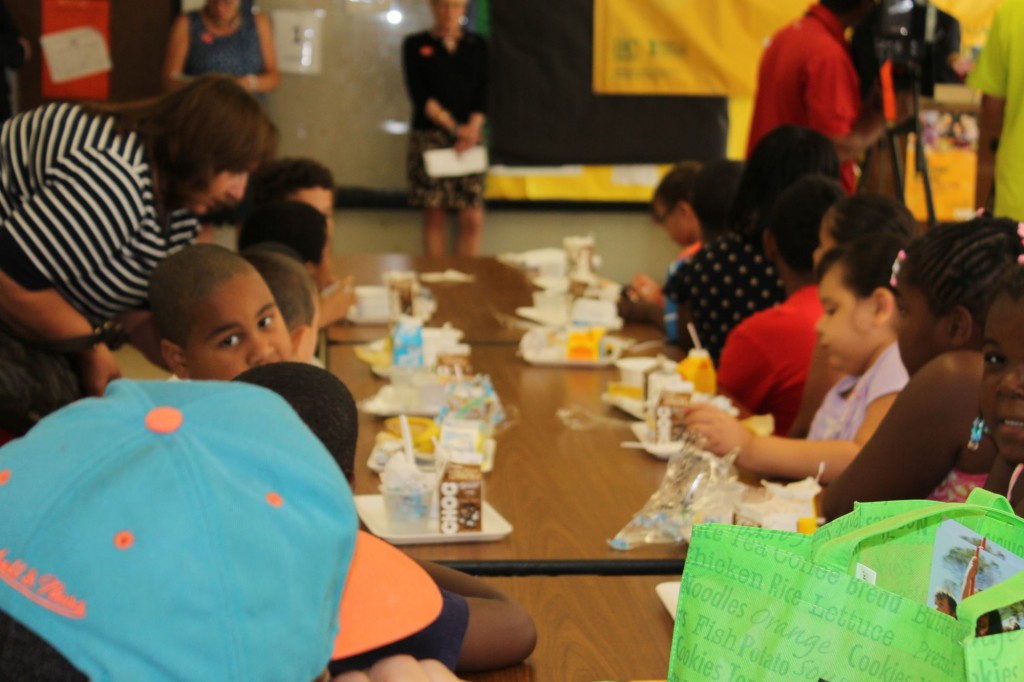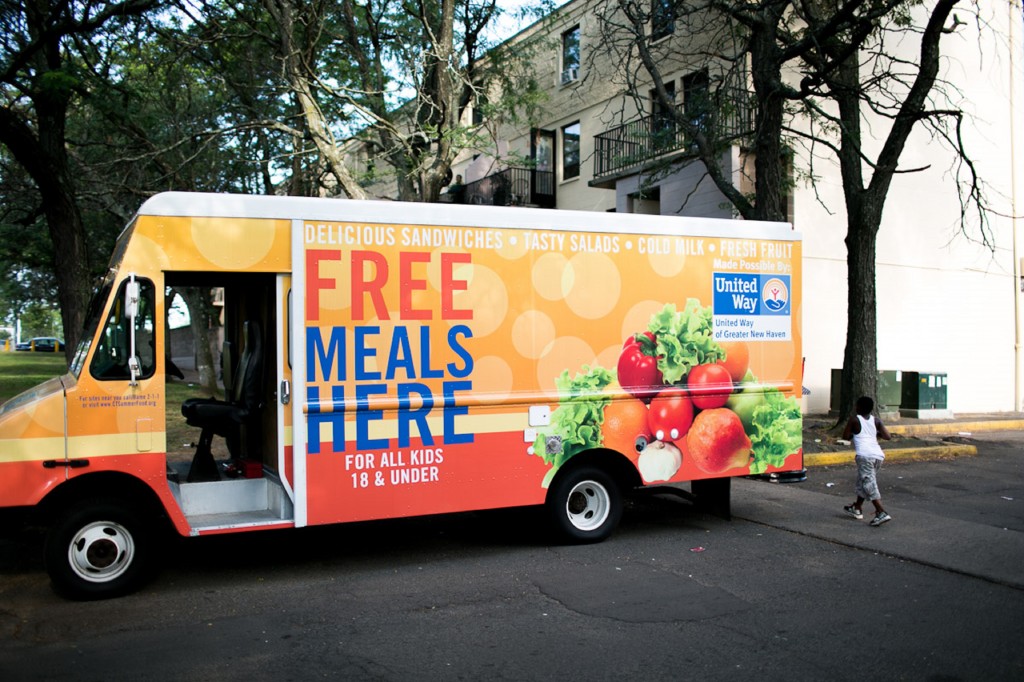Where is Childhood Least Threatened? CT Ranks 5th Among States
/The child poverty rate in Connecticut’s rural areas, 7.8 percent, is the lowest in the nation. It is considerably higher in urban areas, 13.1 percent, which ranks 12th among the states. Overall, in an assessment of where childhood is most and least threatened, Connecticut ranks 5th, according to Save the Children, the Fairfield-based organization that annually assesses the threats to childhood in the U.S. and internationally. The state ranked sixth a year ago. The ranking does not capture the full extent of deprivations or hardships affecting children. Instead, it focuses on some key rights, or “guarantees” of childhood: life, healthy growth and development, education and protection from harm. If a child experiences all of these, his/her childhood is considered to be “intact.”
The ranking does not capture the full extent of deprivations or hardships affecting children. Instead, it focuses on some key rights, or “guarantees” of childhood: life, healthy growth and development, education and protection from harm. If a child experiences all of these, his/her childhood is considered to be “intact.”
The ranking tracks a series of events that, should any one of them occur, mark the end of an intact childhood. These events are called “childhood enders” and include: child dies, child is malnourished, child drops out of school, child is a victim of violence, child has a child.
States were ranked according to performance across this set of enders, revealing where childhood is most and least threatened. Connecticut’s average ranking across all categories was 8.2.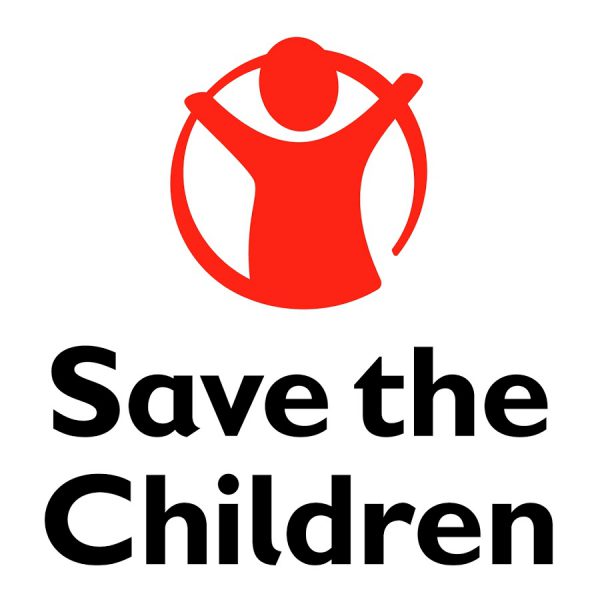
Connecticut had the 15th lowest percentage of students dropping out of high school, ninth lowest infant mortality rate and 11th lowest malnutrition levels.
The report indicates that “Save the Children hopes this report will stimulate discussion and action to ensure that every last child fully experiences childhood.” The data reviewed includes the infant mortality rate, food insecurity rate, high school graduation rate, child homicide and suicide rate, and teen birth rate.
 The report notes that “While children are only 20 percent of the population, they are 100 percent of America’s future.” Save the Children’s ranking reveals children in New Jersey, Massachusetts, Vermont and New Hampshire are far more likely to experience safe, secure and healthy childhoods than children in Louisiana, Mississippi, Oklahoma and New Mexico.
The report notes that “While children are only 20 percent of the population, they are 100 percent of America’s future.” Save the Children’s ranking reveals children in New Jersey, Massachusetts, Vermont and New Hampshire are far more likely to experience safe, secure and healthy childhoods than children in Louisiana, Mississippi, Oklahoma and New Mexico.
Connecticut is the only state in the nation where fewer than 1 in 10 rural children live in poverty. It is followed by New Hampshire, Massachusetts, North Dakota and Wyoming, all of which have rural child poverty rates below 12 percent.
Rural child poverty rates exceed urban poverty rates in 40 of 47 states with available data. Only Connecticut, Indiana, Massachusetts, Nevada, North Dakota, Ohio and Wisconsin have more urban child poverty than rural child poverty. However, in most of these states, the urban and rural child poverty rates are similar. The difference is less than two percentage points, with the exception of Connecticut and Massachusetts.


 Fran Rabinowitz has been a dedicated and respected Connecticut educational leader for over 30 years. Prior to her appointment at CAPSS, she served as Associate Commissioner of Education for the State of Connecticut, Superintendent of Hamden Public Schools, and Interim Superintendent of Bridgeport Public Schools.
Fran Rabinowitz has been a dedicated and respected Connecticut educational leader for over 30 years. Prior to her appointment at CAPSS, she served as Associate Commissioner of Education for the State of Connecticut, Superintendent of Hamden Public Schools, and Interim Superintendent of Bridgeport Public Schools.

 The review and analysis found at least seven areas in Connecticut, based on zip code geography, where the percentage of children found to have elevated lead levels exceeded – more than doubled – the percentage in Flint.
The review and analysis found at least seven areas in Connecticut, based on zip code geography, where the percentage of children found to have elevated lead levels exceeded – more than doubled – the percentage in Flint.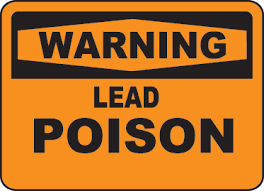
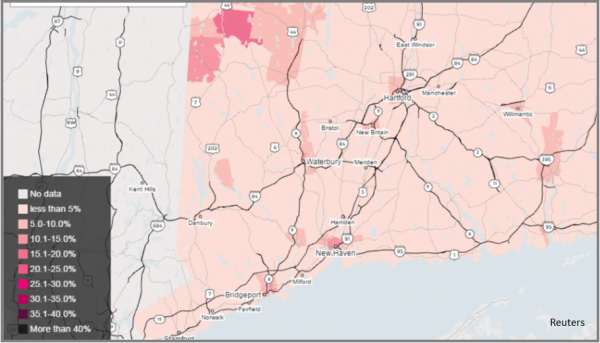
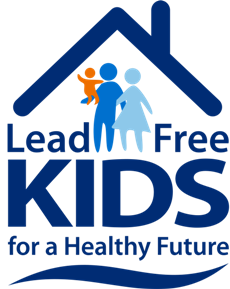 each year, the report indicated.
each year, the report indicated.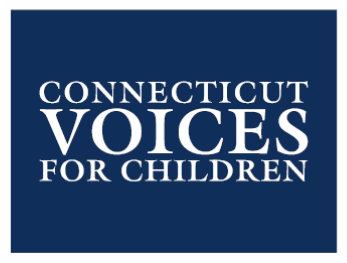
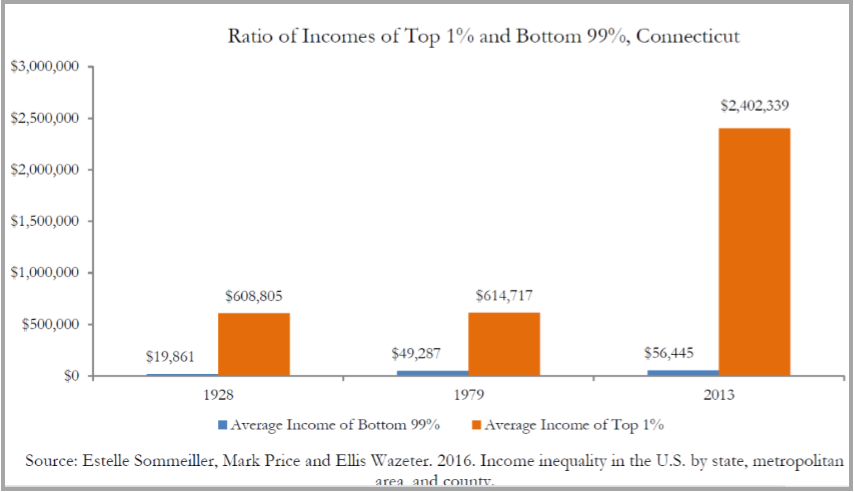
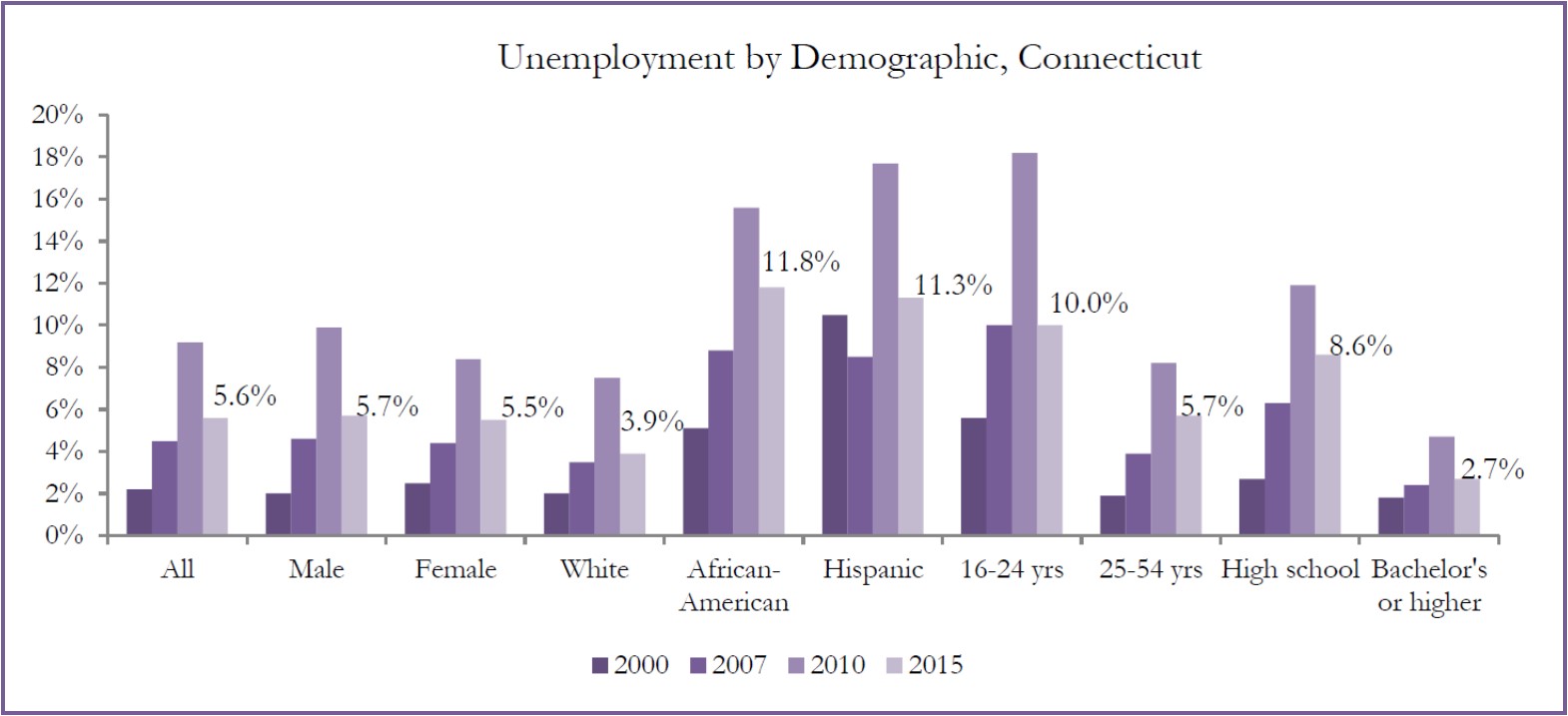
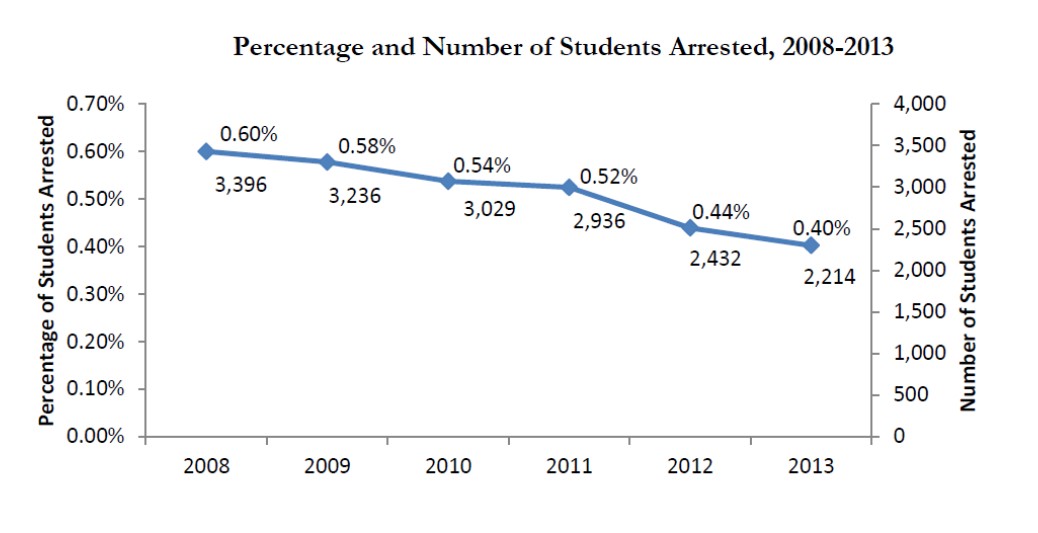 The
The 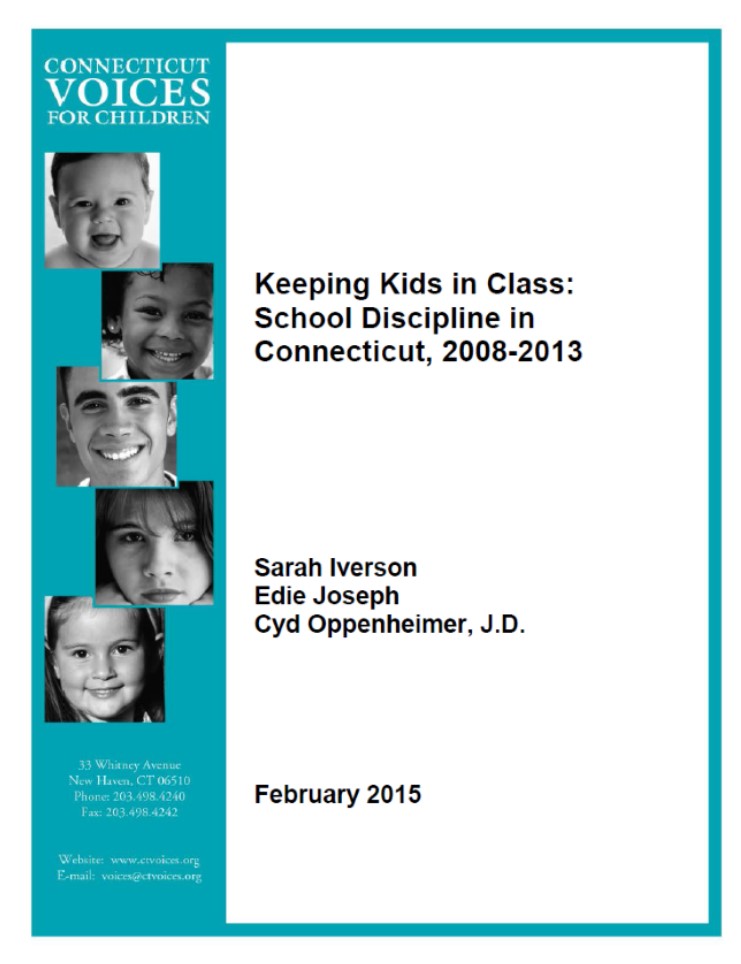
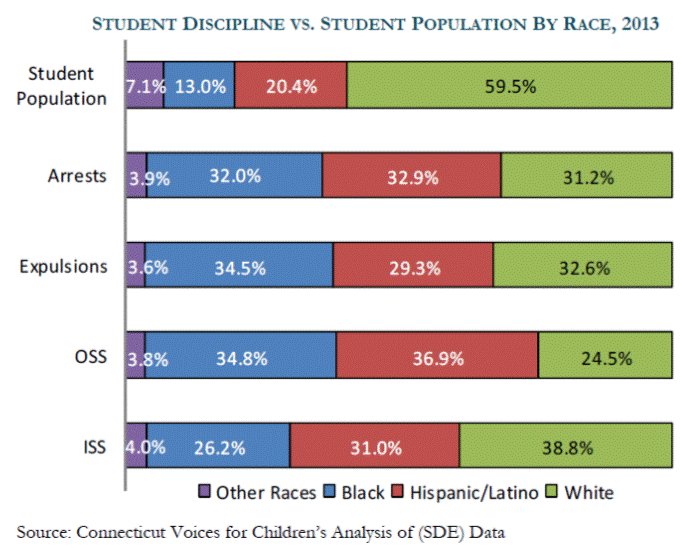
 The new interactive tool, on the Connecticut Voices for Children website, enables visitors to track spending across nearly 100 children’s programs over 25 years. Over the last two decades, spending on children’s programs
The new interactive tool, on the Connecticut Voices for Children website, enables visitors to track spending across nearly 100 children’s programs over 25 years. Over the last two decades, spending on children’s programs 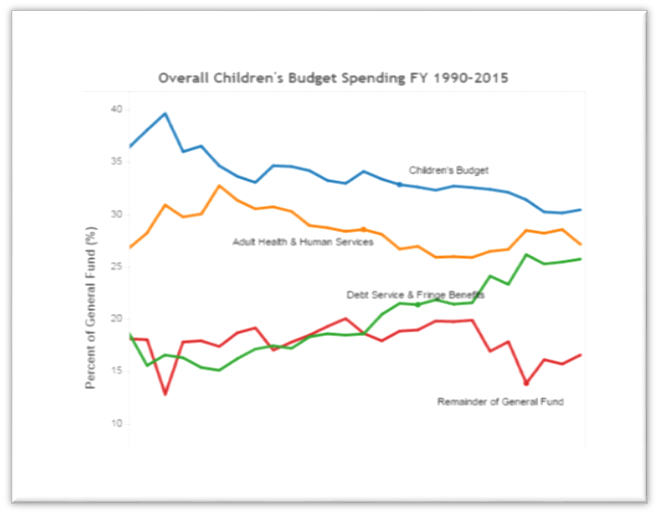
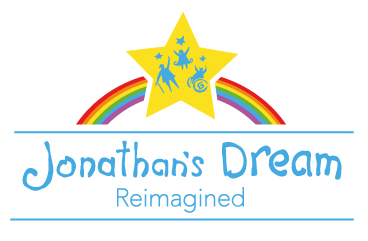 from its Quest and Third Age Initiative programs to help rebuild the new Jonathan's Dream, working with the Mandell JCC.. The project is also supported by
from its Quest and Third Age Initiative programs to help rebuild the new Jonathan's Dream, working with the Mandell JCC.. The project is also supported by 
